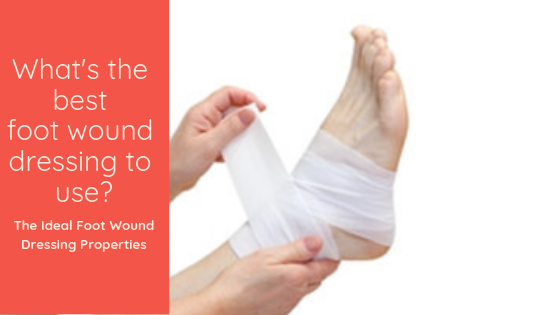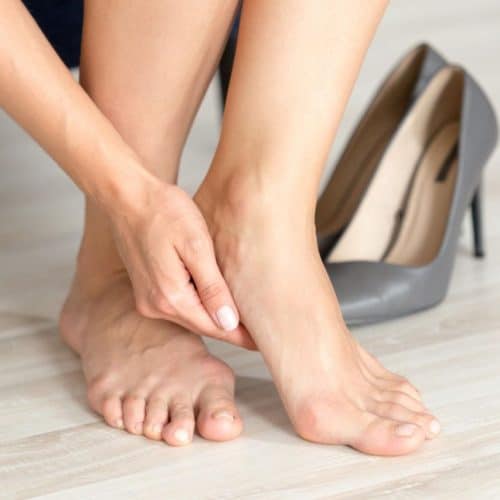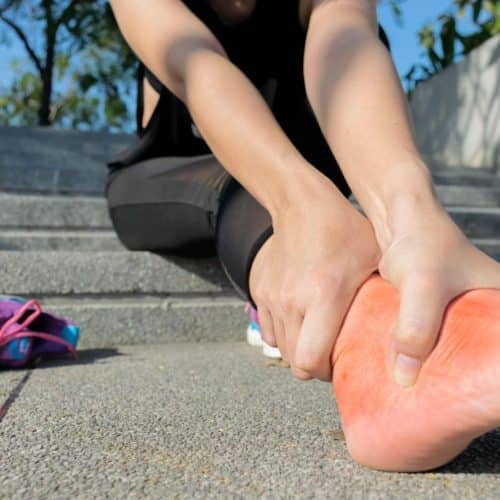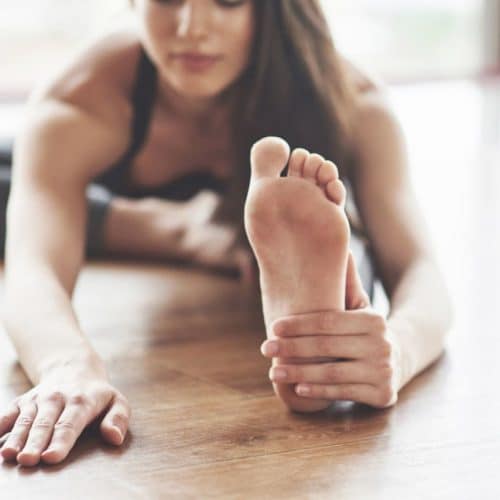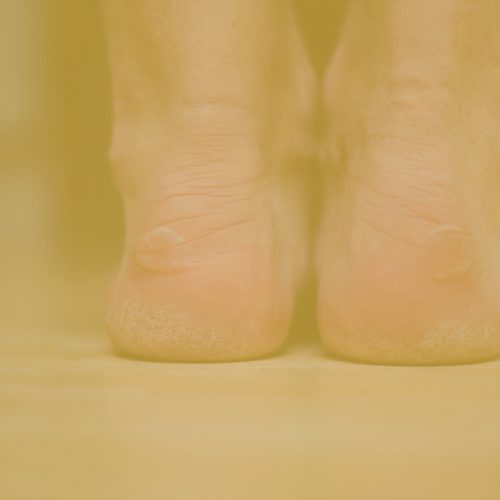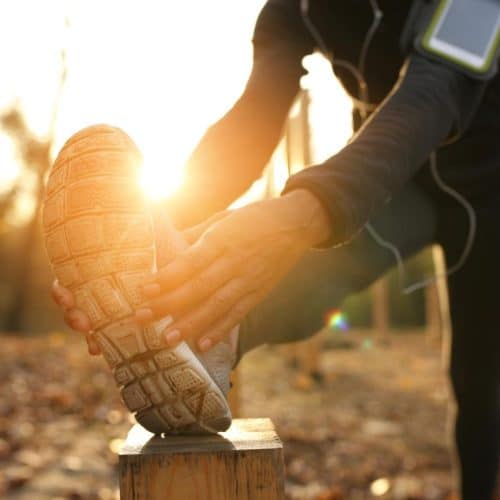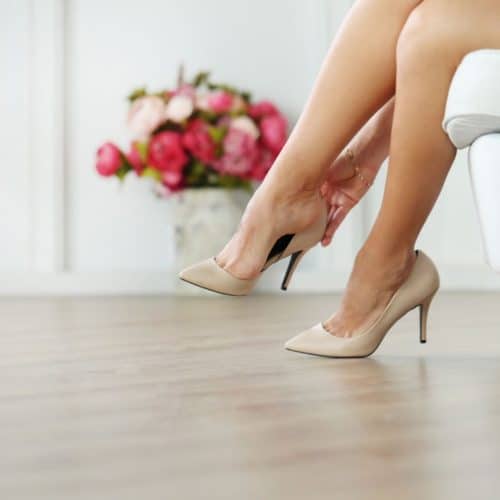
The dressing will have to undergo increased friction and pressure than anywhere else on the body. Therefore it is important to use a suitable dressing choice.
The Ideal Properties for Foot Wound Dressings:
- Provides a moist wound environment.
- Provide protection to the wound bed.
- Sops infection getting in.
- Leaves no materials behind in the wound.
- Non-toxic, non-allergenic and non-irritating.
- Promotes wound healing.
- Does not stick to the wound or to the surrounding skin.
- Allows for removal without pain or trauma.
- Capable of absorbing excess fluid without coming through the dressing.
- Antimicrobial if clinical signs of infection need to be treated.
- Needs to be easy to use and cost effective for patient.
Below is a list of some of the wound dressings currently available. Please note that consultation with a medical practitioner or treating podiatrist is advisable before purchasing dressings. This is to ensure you have the correct dressing for your foot wound.
Gauze
- Sterile gauze is beneficial for loosely packing wounds that are very deep.
- Used mainly as a secondary dressing.
- Can stick to the wound bed and cause trauma on removal if too dry, so needs to be wet to remove.
Tulle (Jelonet)
- Does not stick to wound surface, so no irritation is caused on removal.
- Suitable for flat, shallow clean wounds.
- Useful in patients with sensitive skin.
- E.g basic wounds and scratches.
Hydrocolloids (DuoDerm, Tegasorb)
- Non- breathing dressing, so do not use with infection.
- Promotes cleaning of the wound and healing.
- For wounds with light to heavy fluid levels, sloughing or granulating wounds.
- Can remain in place for up to a week.
- Do not use on the plantar surface of the foot.
- Contraindicated in people with diabetes.
- Available in many forms but most commonly as self-adhesive pads.
Cadexomer Iodine (Iodosorb)
- It is a water-soluble dressing, containing 0.9% iodine, within a helical matrix, making it slow release.
- Can come in a range of forms (powder, ointment, sheet).
- Aids in cleaning and removal of dead tissue.
- Suitable for light to moderate exudating wounds.
- Suitable for clinical infection, having antimicrobial properties.
- Due to absorption of iodine this dressing may not be suitable in certain conditions, such as kidney dysfunction and Grave disease.
- Can cause allergic reactions, especially if sensitive to iodine.
- Use with gangrenous wounds to keep dry and clean.
Alginates (Sorbsan, Kaltostat)
- Made with calcium alginate (a seaweed component).
- Calcium in the dressing is exchanged with sodium from wound fluid and turns into a gel that maintains a moist wound environment.
- Highly absorbent.
- Useful in medium to heavily exudating wounds.
- Will need a secondary covering.
- Aids in cleaning of sloughing wounds.
- Stops bleeding.
- Do not use on low leaking wounds as this will cause dryness and scabbing.
- May leave fibers in the wound if too dry.
- Change dressing daily.
- Do not use with infection.
Hydrofibre (Acquacel, Aquacel Ag)
- Soft non-woven pad or ribbon dressing (depending on wound type) made from sodium carboxymethylcellulose fibers.
- Ribbon dressing to pack deep sinusing wounds.
- Interacts with wound exudate to form a soft gel and help maintain a healthy wound environment.
- Aquacel Ag is a silver impregnated dressing beneficial in moderate to heavily exudating clinically infected wounds.
Foam dressings (Biotain, Allevyn, Lyofoam)
- Provides some mechanical protection to bony prominence.
- Absorbs large amounts of exudate/ fluids.
- Do not use on low leaking wounds as this will cause dryness and scabbing.
Semi-permeable film dressings (Opsite, Tegaderm)
- Sterile sheet of polyurethane with acrylic adhesive.
- Transparent, allowing wound checks without removal of dressing.
- Suitable for shallow wounds with low fluid levels.
Hydrogels (Intrasite Gel)
- High water polymer gel content in a complex network of fibers to creates a moist wound surface.
- Cleans wounds by hydration.
- Will absorb a light exudate.
- Not appropriate for heavily leaking wounds.
- Do not use with a foam dressing.
- Used for necrotic or sloughy wound beds to re-hydrate and remove dead tissue. If vascular supply is adequate.
A new wound dressing that is showing promising results on the market is Altrazeal, which can be left in place for up to 30 days.
Well Heeled Podiatry is trained and skilled in diagnosing and treating foot wounds. If ongoing management is required for chronic non-healing ulcers the podiatrist may refer you to a multi-disciplinary clinic in the public sector for specialised treatment.


